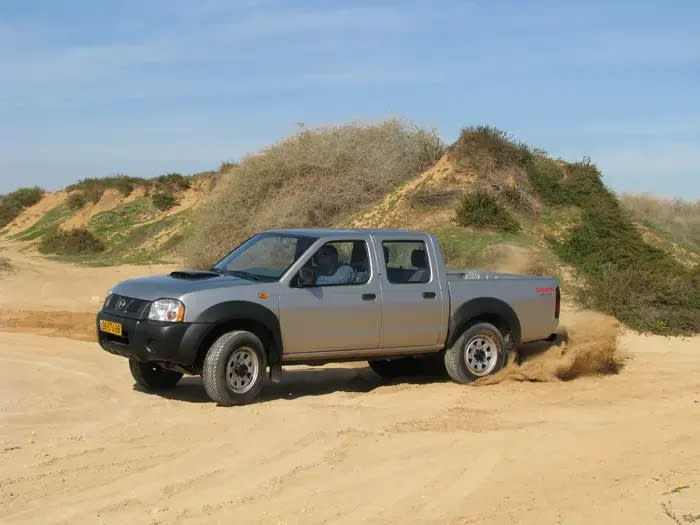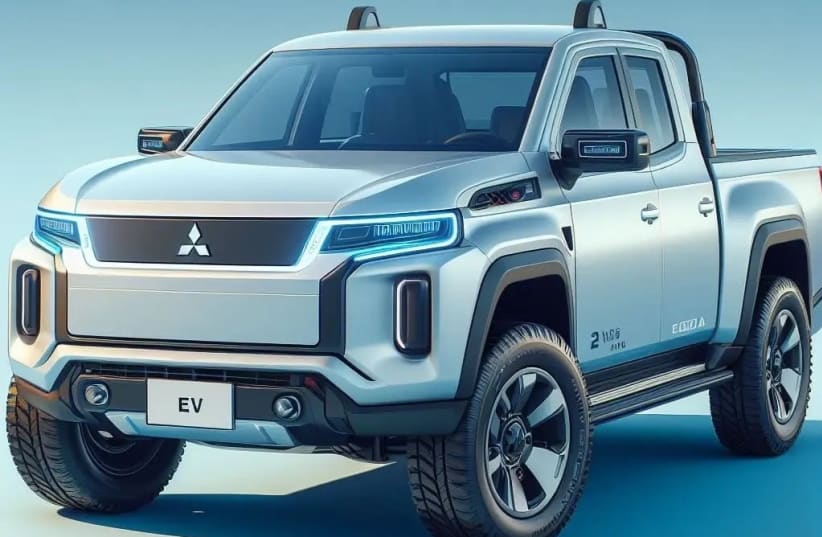Tundras are a big deal in the United States, so much so that the Tundra (specifically Ford's F-150) has been the best-selling vehicle there for decades. Electric trucks are also a significant story, with Ford, Chevrolet, Ram, Rivian, and Tesla already having electric trucks, some with plug-in hybrids or regular hybrid versions. Even as manufacturers are slowing down the launch of electric models and their production pace, the direction is clear.
The Japanese and Korean manufacturers are not planning to sit on the sidelines. Nissan and Mitsubishi are entering the game together.
Despite being part of joint ventures that began in 2017 under Renault's leadership and even having some joint ventures in specific models like the Mitsubishi Outlander and Nissan X-Trail, this will be the first time these two manufacturers are coming together to produce a model from scratch.

Behind the idea of combining forces stands the perception that each company will bring its expertise in the field of alternative propulsion. Nissan brings its years of experience with electric propulsion, while Mitsubishi is strong in the plug-in hybrid field. Such collaborations are not uncommon in the industry, aiming to shorten development times and save money.
Since the American market, which loves SUVs, is the main target market, companies hope to cash in on this trend quickly. That is, to invest less but also to reap high and fast returns. And if we're talking about the American market - for Mitsubishi, this will be its first entry into a field where it has not been active until now. Production is expected to take place in the US to benefit from the tax incentives that the government provides for electric vehicles manufactured there.
While the electric propulsion unit of the model is a speculation, it is similar to the Nissan Ariya. As for the plug-in hybrid propulsion system, it is likely to be the system used by Mitsubishi in the Outlander PHEV. This version is marketed through parallel import in Israel and uses a 2.4-liter electrically enhanced engine with 224 horsepower, a 13.8 kWh battery allowing a range of 45 km on electric power.
As for Nissan, this model is part of a broader plan by the manufacturer to refresh its model line-up over the next three years. This refresh will include no less than 30 new models, with about half of them having hybrid, plug-in hybrid, or electric propulsion.
What does this mean for us? American-spec SUVs can be imported to Israel, making them relevant to both importers. In the local market, Nissan has been trying for years unsuccessfully to break into the center stage as the fourth side of Toyota's Highlander, Mitsubishi's Outlander/Triton, and Isuzu's D-Max (which is actually electrified). They tried with the Navara and the Vanier, which did not become ironclad assets like the others.
Mitsubishi, on the other hand, was a very central player in this field until it exited last year with the discontinuation of the Triton. Locally speaking, this model will allow both manufacturers to return to this profitable market and do so with alternative propulsion.

